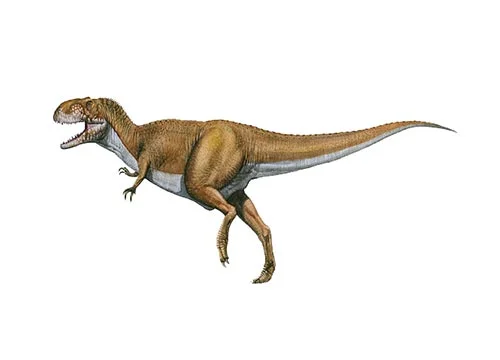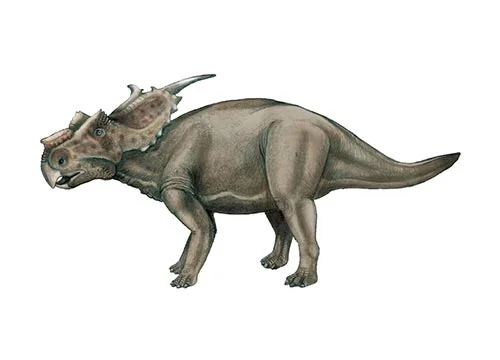Dicraeosaurus (Double forked lizard)

Die-cray-oh-sore-us
Werner Janensch - 1914
Herbivore
Estimated up to 50 feet in length
Sauropod
D. hansemanni (type), D.sattleri
Tanzania
Late Jurassic, 161-145 million years ago
Dicraeosaurus Facts
Dicraeosaurus, meaning “double-forked lizard,” was a sauropod dinosaur that lived during the Late Jurassic period, approximately 161 to 145 million years ago, in what is now Tanzania, Africa.
Dicraeosaurus was a long-necked herbivorous dinosaur that could grow up to 50 feet in length and weighed up to 10 tons. It had a relatively short neck compared to other sauropods, but it was still very long and flexible, allowing the dinosaur to reach vegetation that was high off the ground.
One of the most distinctive features of Dicraeosaurus was its double-forked neural spines, which projected upward from its vertebrae. These spines likely supported a sail-like structure of skin and muscle that may have been used for display or regulating body temperature.
Fossil evidence suggests that Dicraeosaurus lived in herds and fed on a variety of vegetation, including ferns, conifers, and cycads. The dinosaur’s broad, flat teeth were ideal for grinding tough plant material.
Dicraeosaurus is an important dinosaur in the study of sauropod evolution and the diversity of Late Jurassic ecosystems. Its unique features and relationships with other sauropods have helped scientists to better understand the evolution and ecology of this fascinating group of dinosaurs.



